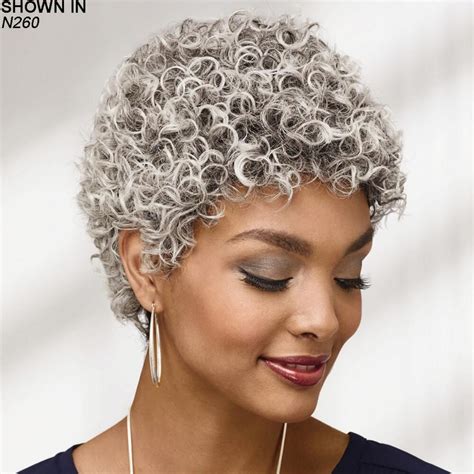Long Blonde Wigs: Synthetic vs Human Hair
Introduction
Wigs have become increasingly popular in recent years, offering a versatile and affordable way to change your look. But with so many different types of wigs on the market, it can be difficult to know where to start. This guide will compare synthetic wigs and human hair wigs, highlighting the pros and cons of each type to help you make an informed decision.

Synthetic Wigs vs Human Hair Wigs
| Feature | Synthetic Wigs | Human Hair Wigs |
|---|---|---|
| Price | Generally more affordable | More expensive |
| Appearance | Can look natural, especially high-quality synthetic wigs | Can look more natural and realistic |
| Durability | Less durable, can last 6-12 months | More durable, can last several years with proper care |
| Heat styling | Cannot be heat styled | Can be heat styled, but requires caution |
| Customization | Limited customization options | Can be cut, colored, and styled to your liking |
Benefits of Synthetic Wigs
- Affordability: Synthetic wigs are generally more affordable than human hair wigs, making them a great option for budget-conscious buyers.
- Variety: Synthetic wigs come in a wider range of colors, styles, and lengths, giving you more options to choose from.
- Low maintenance: Synthetic wigs require less maintenance than human hair wigs. They can be washed and styled with regular shampoo and conditioner, and they do not need to be blow-dried or straightened.
- Durability: Synthetic wigs are less durable than human hair wigs, but they can still last for several months with proper care.
Drawbacks of Synthetic Wigs
- Unnatural look: Some synthetic wigs can look unnatural, especially low-quality wigs.
- Limited styling options: Synthetic wigs cannot be heat styled, which limits your styling options.
- Less comfortable: Synthetic wigs can be less comfortable to wear than human hair wigs, as they are not as breathable.
Benefits of Human Hair Wigs
- Natural look: Human hair wigs can look very natural and realistic, especially high-quality wigs.
- Versatility: Human hair wigs can be cut, colored, and styled to your liking, giving you endless styling possibilities.
- Durability: Human hair wigs are more durable than synthetic wigs, and they can last for several years with proper care.
- Comfort: Human hair wigs are more comfortable to wear than synthetic wigs, as they are more breathable.
Drawbacks of Human Hair Wigs
- Expensive: Human hair wigs are more expensive than synthetic wigs.
- Maintenance: Human hair wigs require more maintenance than synthetic wigs. They need to be washed and conditioned regularly, and they may need to be blow-dried or straightened.
- Heat damage: Human hair wigs can be damaged by heat styling, so it is important to use caution when styling them.
- Less variety: Human hair wigs come in a more limited range of colors and styles than synthetic wigs.
Which Type of Wig Is Right for You?
The best type of wig for you depends on your individual needs and preferences. If you are looking for an affordable, low-maintenance wig that comes in a variety of styles, a synthetic wig may be a good option. If you are looking for a more natural-looking wig that can be customized to your liking, a human hair wig may be a better choice.
Conclusion
Wigs are a versatile and affordable way to change your look. Whether you are looking for a synthetic wig or a human hair wig, there is sure to be a wig that is perfect for you. Consider the factors discussed in this guide to make an informed decision and find the best wig for your needs.













